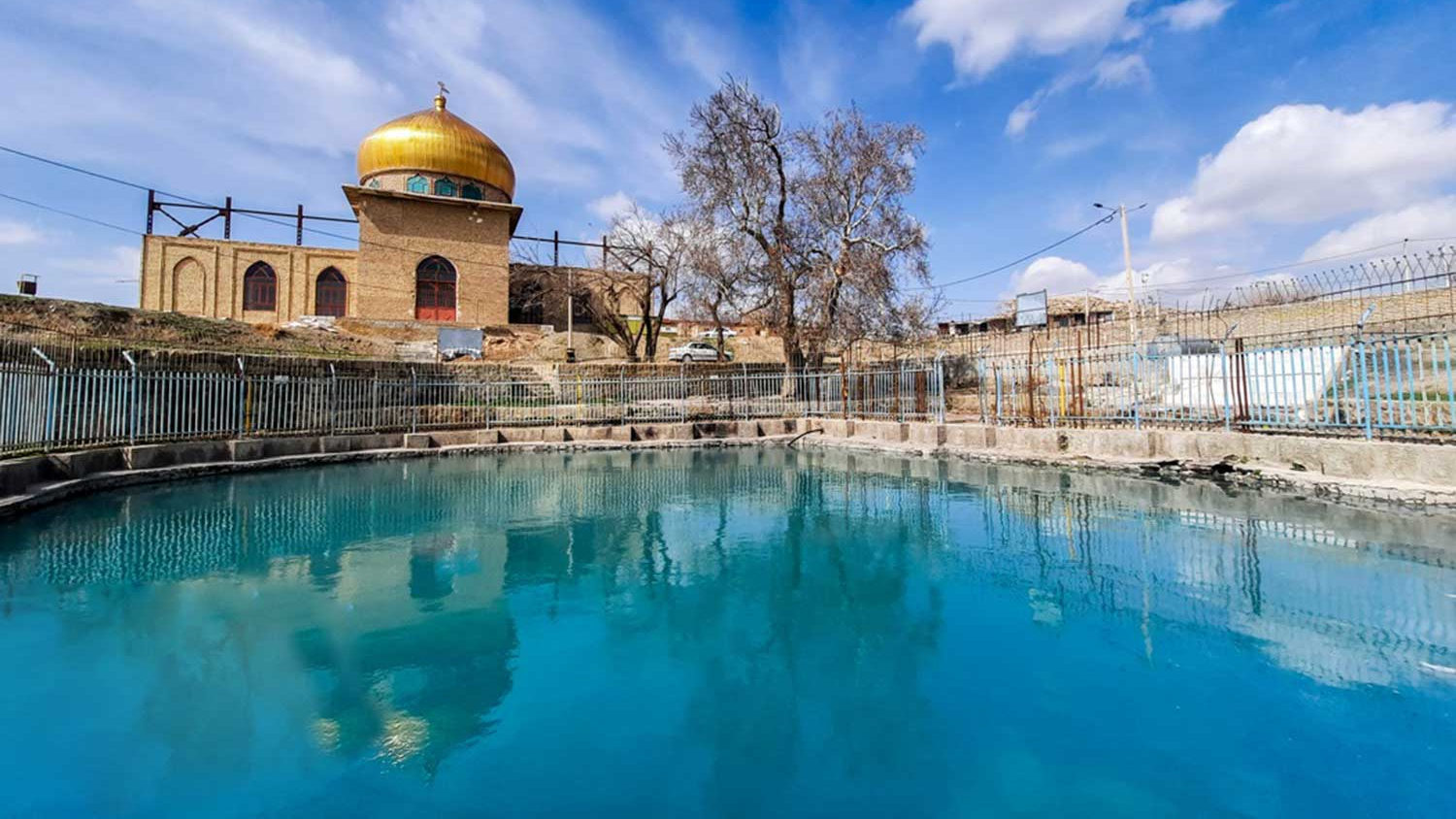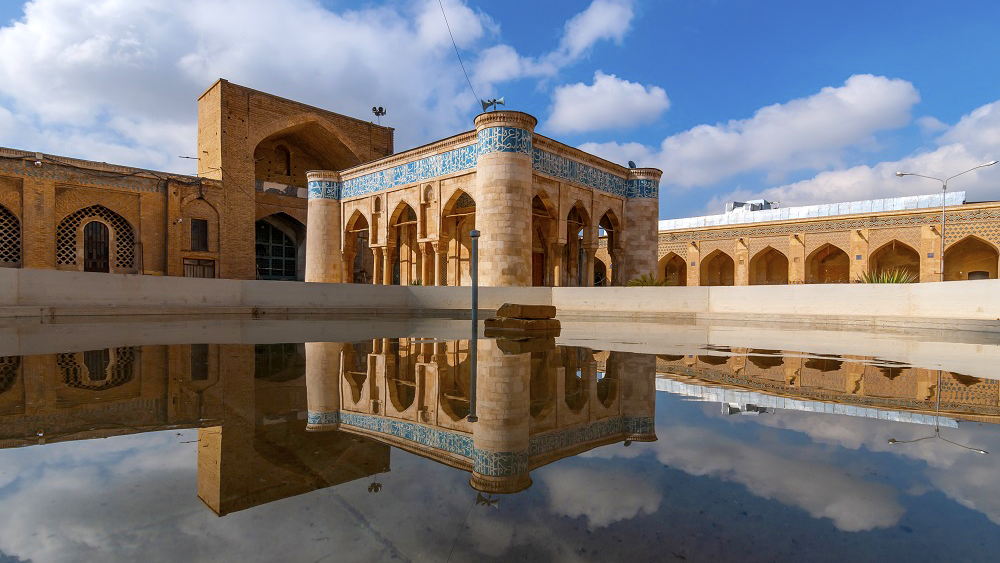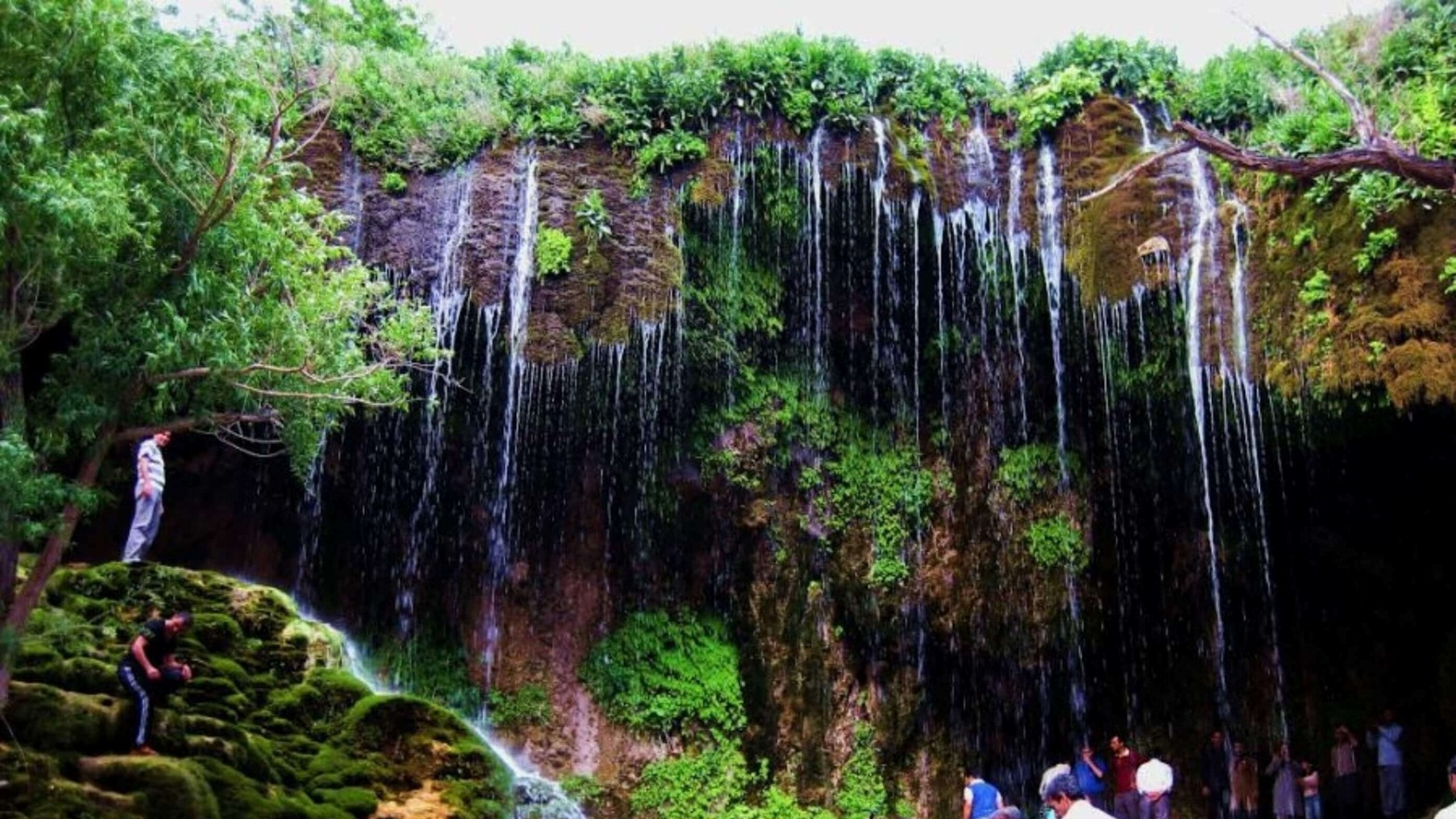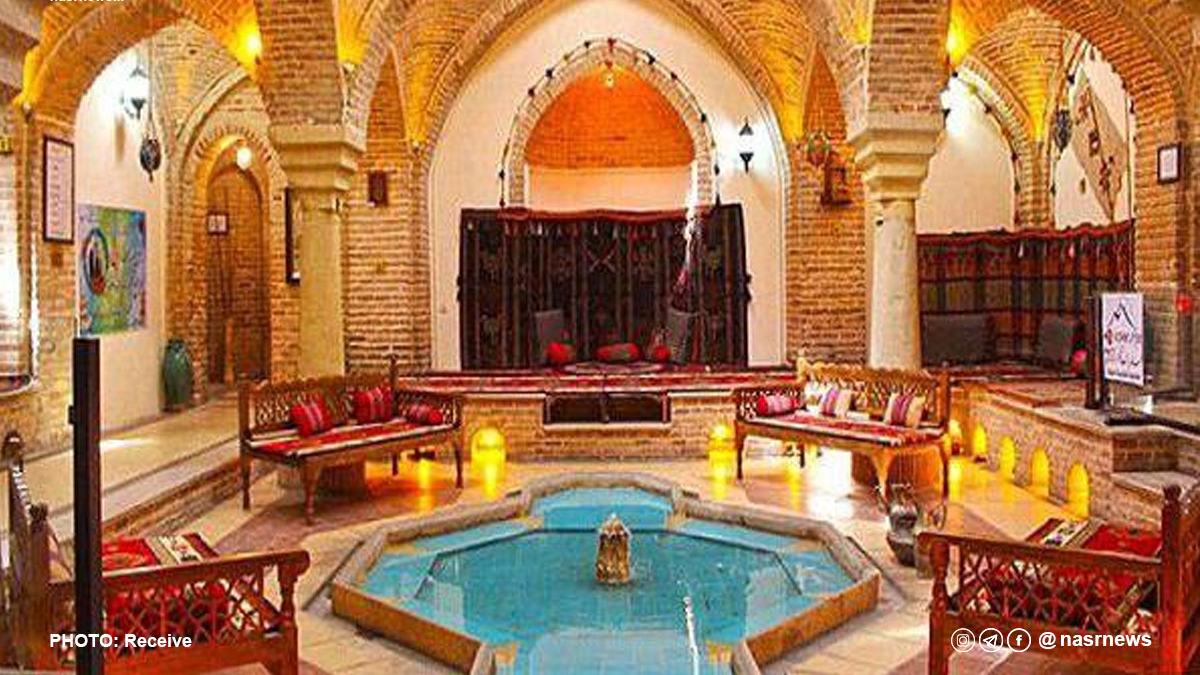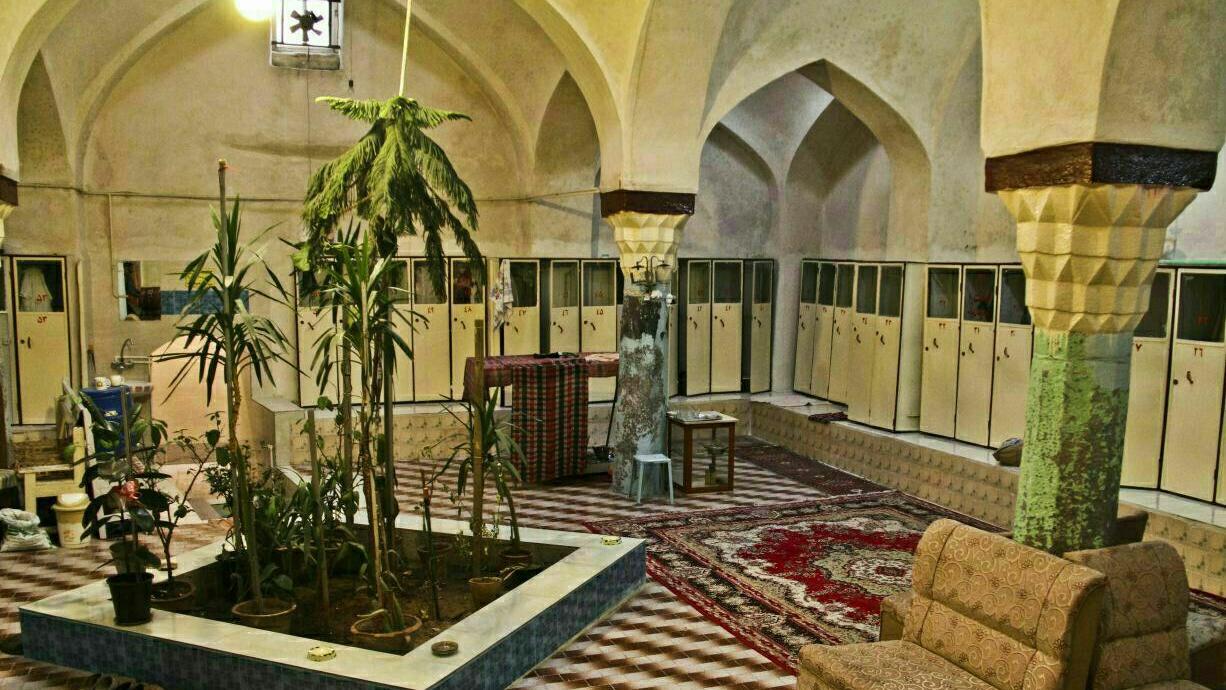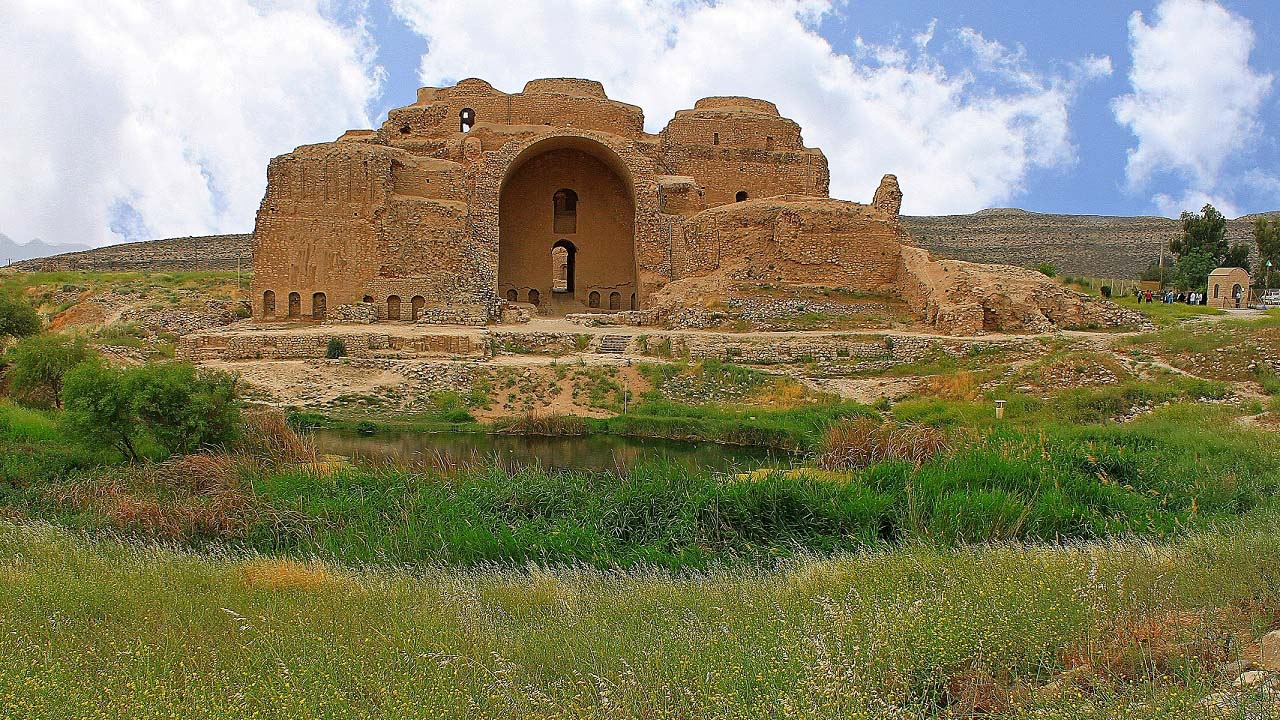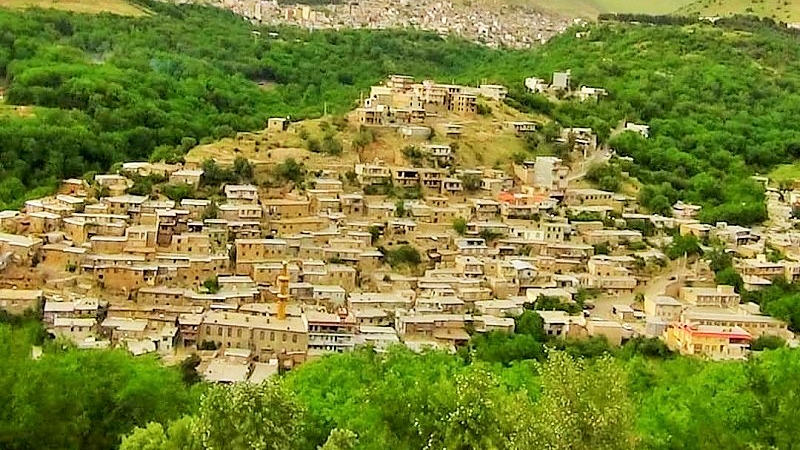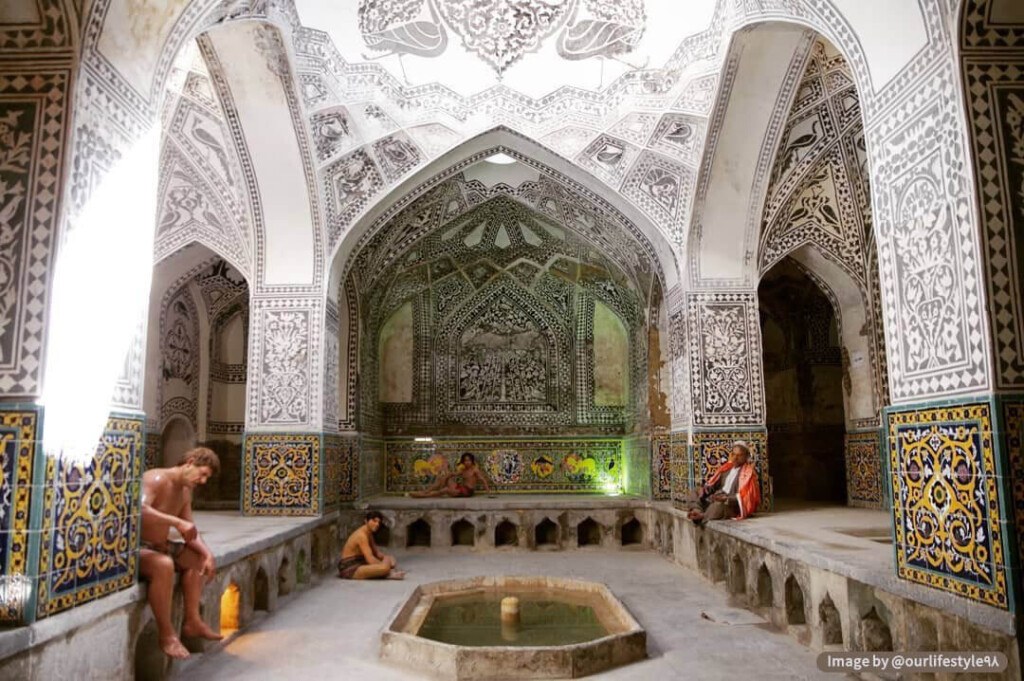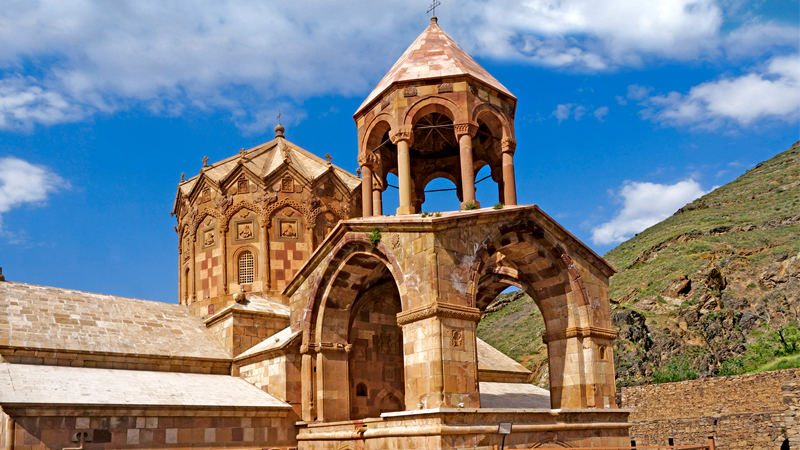
Takht-e Dargah-e Qoli Beig of Kerman
Kerman is one of the ancient and historical cities of Iran, some of the historical sites of which are more than two thousand years old. Takht-e Dargah-e Qoli Beig of Kerman is one of the historical monuments of this city, which was built in the southeast of this city, in the place where the slopes of two mountains are connected. According to some experts, a person named “Dargah Qoli Beig” was the person who founded this building, but it is not very clear whether this person was the actual founder of this site or its construction dates back to before him. However, Qoli Beig himself is buried in this mansion. Qoli Beig was one of the descendants of Beyram Beig Afshar, the deputy ruler of Kerman in the early Safavid era (16th century AD).
Historical Importance and Prominent Features of Takht-e Dargah-e Qoli Beig of Kerman
This building is located in a historical area, next to several other historical monuments such as Jabalieh Dome, Beyramabad Historical Garden, Dokhtar Castle, and Ardashir Castle, making it possible for tourists to visit the historical sites of several different eras within a short time.
For the construction of this building, water was transferred from the Sar Asiab-e Farsangi Rural District, which is one of the water-rich areas of Kerman Sar Asiab-e Farsangi Rural District, through a canal dug in the heart of the mountain. In this way, a magnificent lake was also created next to the building, which is now dried up due to the reduction of water resources.
In addition to its unique beauty, this building is also the burial place of several nobles of the Afshar clan, including Dargah Qoli Biig, who was buried in it in the 17th century AD. There is a marble tombstone on the tomb of Dargah Qoli Bieg, on which the salutations to the 12 Shiite Imams are engraved in the Thuluth script. The other people buried in this monument include Majd al-Islam, Mahmoud Dabestani, and Parviz Dabestani’s daughter.
The British general, diplomat, and scholar, Sir Percy Molesworth Sykes who visited Kerman in the 1890s, has described this mansion in these words: “There is an opening with a platform in the southern corner of Takht-e Dargah-e Qoli Beig of Kerman at the entrance of which is the grave of Reza Qoli Beig, who was Ibrahim Khan Zahir al-Doulah’s agent. There is a large pond in the lower part of this grave, that was filled with the water from the Bahram River.”
The strength of this building has kept it standing against the invasion of different tribes and natural disasters for several centuries. There is a large garden next to this building, called “Beyramabad Garden”.
What Was Takht-e Dargah-e Qoli Beig of Kerman?
According to the Registered National File No. 3635, Takht-e Dargah-e Qoli Beig of Kerman was a resort that became the tomb of its founder after his death. In later periods, with the burial of a number of family members of Dargah Qoli Beig, this site has become a family tomb.
Beyram Garden?
Beyram Garden is located over an area of nearly 4.5 hectares and houses about half a million trees. This garden was founded by one of Qali Beig’s ancestors named Beyram Beig Afshar. During the Qajar era, four of Qali Beig’s children donated this garden to Astan Quds Razavi and it was restored in the year 2015.
Takht-e Dargah-e Qoli Beig of Kerman was inscribed on the list of Iran’s national heritage in the year 2001.
| Name | Takht-e Dargah-e Qoli Beig of Kerman |
| Country | Iran |
| State | Kerman |
| City | Kerman |
| Type | Historical |
| Registration | National |

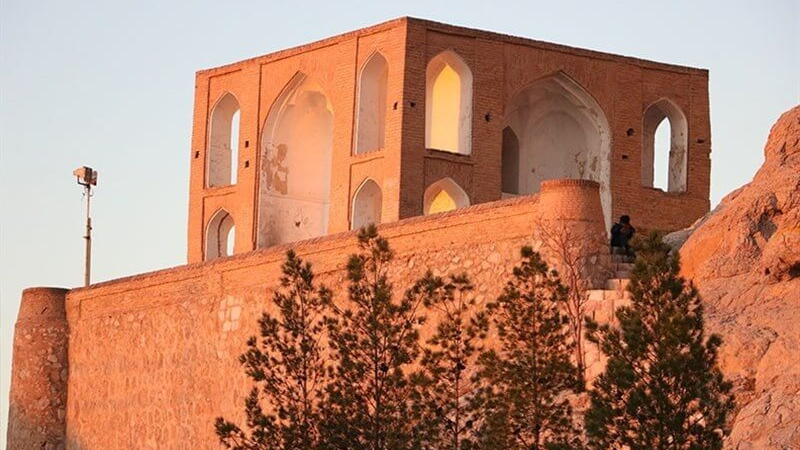


Choose blindless
Red blindless Green blindless Blue blindless Red hard to see Green hard to see Blue hard to see Monochrome Special MonochromeFont size change:
Change word spacing:
Change line height:
Change mouse type:
